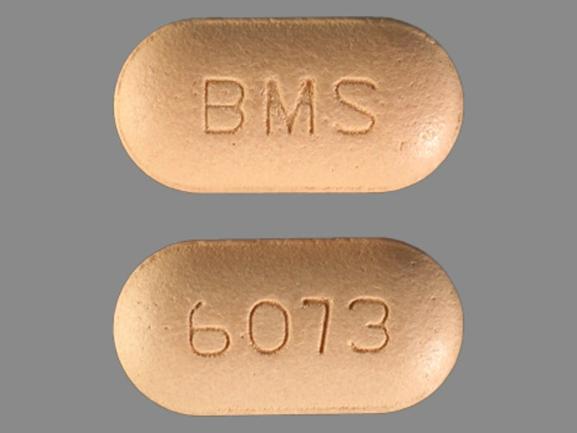Glucovance Dosage
Generic name: glyburide 2.5mg, metformin hydrochloride 500mg
Dosage form: tablet, film coated
Drug class: Antidiabetic combinations
Medically reviewed by Drugs.com. Last updated on Dec 18, 2024.
Dosage
- Give GLUCOVANCE in divided doses, twice daily, with meals.
- For patients not treated with either glyburide (or another sulfonylurea) or metformin hydrochloride (HCl), initiate treatment with another formulation of glyburide and metformin HCl at a starting dose of 1.25 mg glyburide and 250mg metformin HCl orally, once or twice daily with meals.
- For patients not adequately controlled on either glyburide (or another sulfonylurea) or metformin HCl alone, the recommended starting dose of GLUCOVANCE is 2.5 mg/500 mg or 5 mg/500 mg orally twice daily with meals.
- For patients previously treated with a combination therapy of glyburide (or another sulfonylurea) and metformin HCl, the starting dose of GLUCOVANCE should not exceed the daily dose of glyburide (or equivalent dose of another sulfonylurea) and metformin HCl already being taken.
- • Increase the dose gradually on the basis of glycemic control and tolerability, up to a maximum to a maximum dose of 20 mg glyburide/2000 mg metformin HCl daily.
Patients Receiving Colesevelam
- Administer GLUCOVANCE at least 4 hours prior to colesevelam for patients taking both drugs concomitantly.
Recommendations for Use in Renal Impairment
- Assess renal function prior to initiation of GLUCOVANCE and periodically thereafter.
- GLUCOVANCE is contraindicated in patients with an estimated glomerular filtration rate (eGFR) below 30 mL/minute/1.73 m2.
- Initiation of GLUCOVANCE in patients with an eGFR between 30 to 45 mL/minute/1.73 m2 is not recommended.
- In patients taking GLUCOVANCE whose eGFR later falls below 45 mL/min/1.73 m2, assess the benefit risk of continuing therapy.
- Discontinue GLUCOVANCE if the patient’s eGFR later falls below 30 mL/minute/1.73 m2.
Discontinuation for Iodinated Contrast Imaging Procedures
- Discontinue GLUCOVANCE at the time of, or prior to, an iodinated contrast imaging procedure in patients with an eGFR between 30 and 60 mL/min/1.73 m2; in patients with a history of liver disease, alcoholism or heart failure; or in patients who will be administered intra-arterial iodinated contrast.
- Re-evaluate eGFR 48 hours after the imaging procedure; restart GLUCOVANCE if renal function is stable.
More about Glucovance (glyburide / metformin)
- Check interactions
- Compare alternatives
- Reviews (2)
- Drug images
- Side effects
- During pregnancy
- Drug class: antidiabetic combinations
Patient resources
Professional resources
Related treatment guides
See also:
Further information
Always consult your healthcare provider to ensure the information displayed on this page applies to your personal circumstances.


